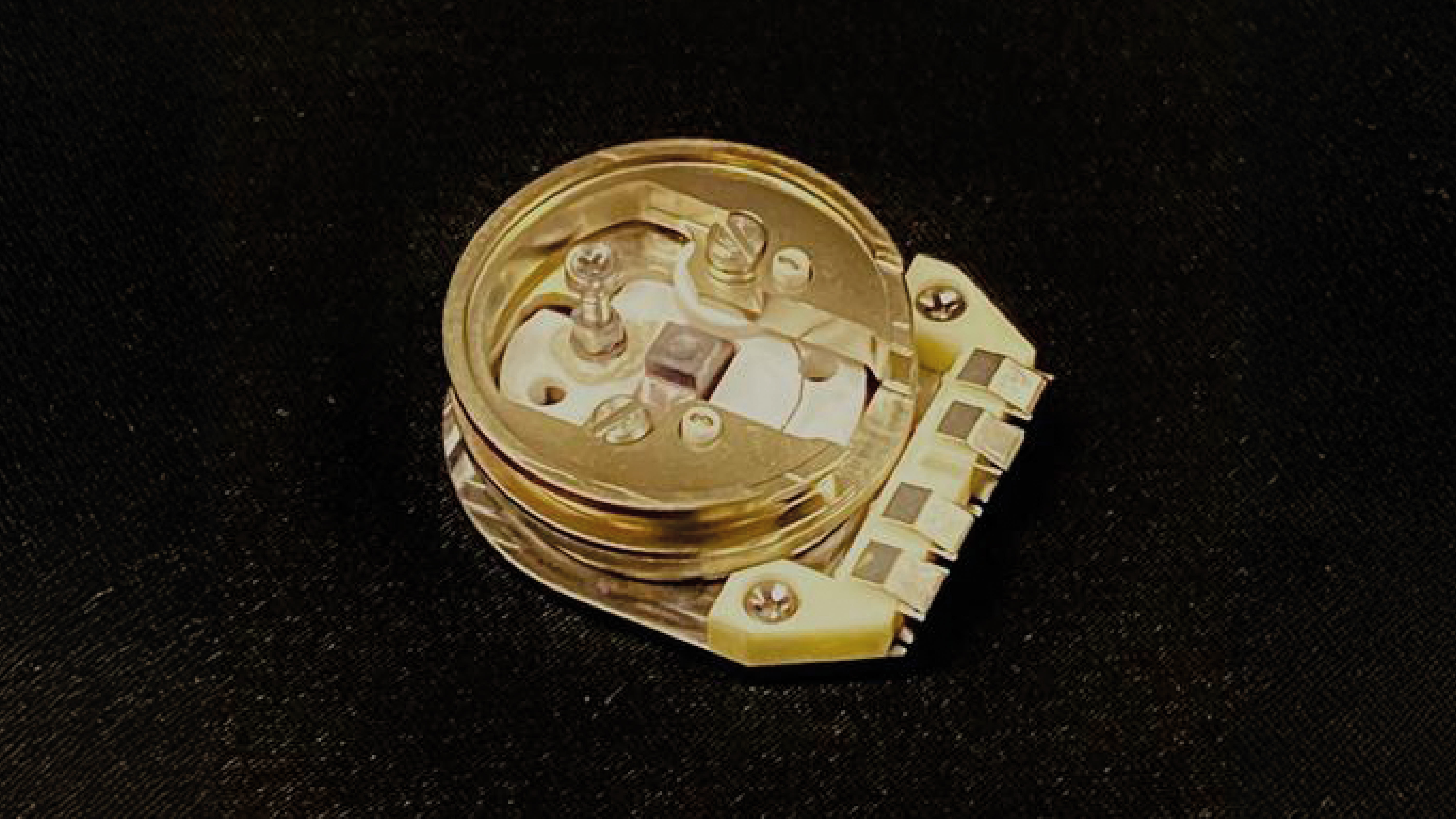
Stanford researchers have developed a cryogenic twist on X-ray photoelectron spectroscopy (XPS) that captures lithium metal battery interfaces in their untouched chemical state – avoiding artefacts that have long complicated efforts to understand why these high-energy batteries degrade so quickly.
Conventional XPS is a mainstay for analyzing the solid electrolyte interphase (SEI), the nanometre-scale layer that forms on lithium metal anodes. But because standard XPS is performed at room temperature under ultrahigh vacuum, the technique can unintentionally trigger reactions and volatilization in the SEI itself. As the Stanford team reports in Nature, these changes can reshape the chemical signature of the interface before it is ever measured.
To halt this evolution, the researchers rapidly plunged freshly cycled battery samples into liquid nitrogen before X-ray analysis – a method they call “cryo-XPS.” They show that flash-freezing preserves the SEI’s composition and thickness during measurement, revealing a more chemically diverse and substantially thicker layer than room-temperature measurements suggest. “By comparing the observations using our method, we identified the changes wrought by XPS observation at room temperature,” said Yi Cui, co-senior author, in a press release. Stacey Bent, the study’s other co-senior author, added: “Knowing which chemicals will actually be present during battery operation is better than characterizing an interface that may not reflect actual conditions.”
Using the cryogenic approach, the team found that room-temperature XPS overstated the amount of lithium fluoride (LiF) in the SEI – which is important because LiF is often associated with improved cycling performance. They also observed that lithium oxide (Li₂O), another performance-relevant species, was detectable under cryogenic conditions but vanished in room-temperature spectra, likely due to reaction pathways initiated during conventional analysis. The study further showed that the SEI appears markedly thinner at room temperature, consistent with volatile components being lost in vacuum.
By analyzing multiple electrolytes, the researchers demonstrated that cryo-XPS offers a much stronger correlation between SEI chemistry and coulombic efficiency than conventional XPS. “Cryo-XPS delivers more reliable information about which chemical compounds actually improve battery performance,” said lead author and PhD candidate Sanzeeda Baig Shuchi.
The authors stress that the method could be broadly applied to other sensitive electrochemical interfaces. “We think other scientists and engineers may solve many chemical reaction mysteries using this new approach,” Bent said.




